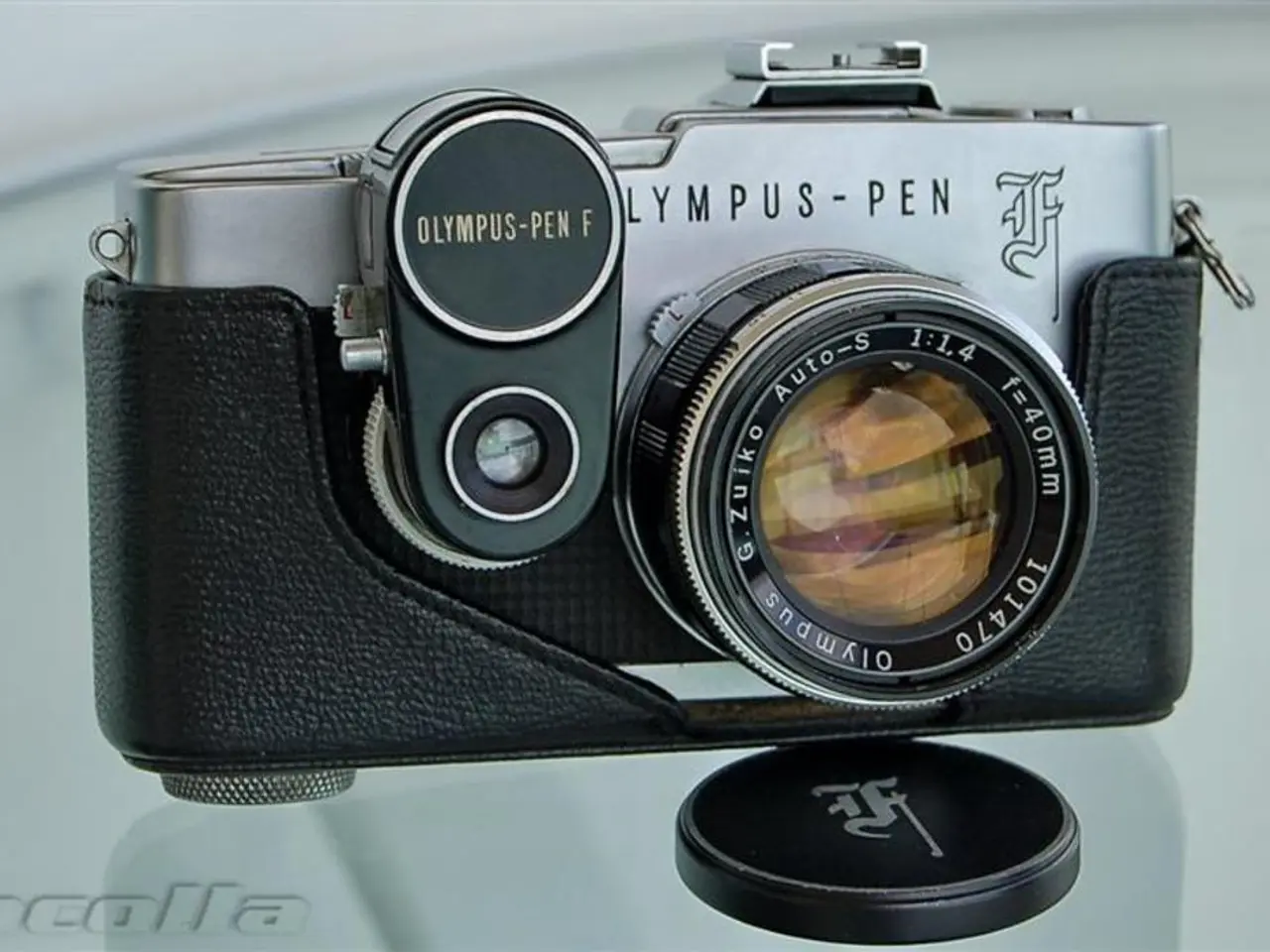Review of the Olympus OM-D E-M1 Mark III Camera
The Olympus OM-D E-M1 Mark III, the latest top-shelf micro four thirds camera on the market as of 2020, offers a compelling choice for photographers who already own Olympus and Panasonic lenses or are looking for a relatively small mirrorless underwater camera.
This versatile camera offers a range of features suitable for both still photography and video, including 15fps burst shooting with mechanical shutter, handheld high res shot mode, live ND filter, electronic shutter, and 4K video @ 30 fps with an OM-Log mode. It shares many features with the Olympus EM1X, such as the gyro sensor that recovers 7 stops instead of the 5.5 stops in the EM1 Mark II.
One of the key advantages of the Olympus OM-D E-M1 Mark III for underwater photography is its excellent in-body stabilization. However, it's worth noting that the smaller Micro Four Thirds sensor limits low-light performance and dynamic range compared to larger sensors.
For wide-angle shooting, the Olympus 7-14mm Pro lens and the Panasonic 7-14mm lens are ideal options, with the Olympus offering better image quality but at a higher price. The Olympus 60mm macro lens is the best choice for shooting macro, delivering sharp 1:1 macro images.
The camera measures 90.9 mm X 68.9 mm X 134.1 mm and weighs 580 grams, making it a lightweight and portable option for photographers. For underwater use, the Ikelite E-M1 Mark III housing is a lightweight, compact, and affordable option that offers full camera control and access to a wide range of useful accessories, including the option for a vacuum monitoring system along with built-in leak detection.
While the white balance could be improved during underwater video recording, the Olympus OM-D E-M1 Mark III performs well for underwater photography, with better autofocus accuracy compared to the OM-D E-M5 Mark III. The camera has a battery life rating of 440 shots and features a 2.36M dot electronic viewfinder and a 3 inch touch LCD.
When compared to other cameras on the market, the Olympus OM-D E-M1 Mark III stands out as a strong choice for underwater photography, particularly for those who are already invested in the Olympus and Panasonic lens ecosystem. However, for those seeking improved low-light performance and better high ISO handling, larger sensor cameras such as the Fujifilm X-H2S, Canon EOS RP, Olympus OM-1 Mark II, and Panasonic Lumix G9 II may be more suitable.
| Camera Model | Sensor Size | Notes Regarding Underwater Photography | |-----------------------|------------------|----------------------------------------------------------------------------| | Olympus OM-D E-M1 Mark III | Micro Four Thirds | Excellent stabilization, proven underwater housing, smaller sensor limits low-light. | | Olympus OM-1 Mark II | Micro Four Thirds | Superior autofocus and features than E-M1 III, latest MFT flagship. | | Panasonic Lumix G9 II | Micro Four Thirds | Competitive with OM-1 Mark II, strong hybrid shooter in MFT. | | Fujifilm X-H2S | APS-C | Larger sensor benefits, faster speeds, strong autofocus, excellent video. | | Canon EOS RP | Full frame | Entry full-frame option with stronger low light and dynamic range. |
Among these, the Fujifilm X-H2S stands out as a major APS-C competitor that outperforms the E-M1 Mark III sensor-wise and in autofocus speed, and the OM-1 Mark II is a direct successor in the MFT realm with significant improvements. Full frame cameras like the Canon EOS RP also outperform the E-M1 Mark III in image quality but may require specialized underwater housings.
In conclusion, the Olympus OM-D E-M1 Mark III remains a popular choice for underwater photography due to its excellent in-body stabilization and Olympus’s strong underwater housing ecosystem. For those seeking improved low-light performance and better high ISO handling, larger sensor cameras may be more suitable, but the Olympus OM-D E-M1 Mark III remains a strong option for those already invested in the Olympus and Panasonic lens ecosystem.
Read also:
- Top 46 Significant Tech Firms Based in Toronto
- U.S. 2022: Highest Ranking Computer and Electronic Product Manufacturers Presented (Slideshow)
- Humanity's imminent progress into the realm of quantum science signifies a significant advancement that could have far-reaching implications for planet Earth.
- Evolution and Transformation of Games Over Time








